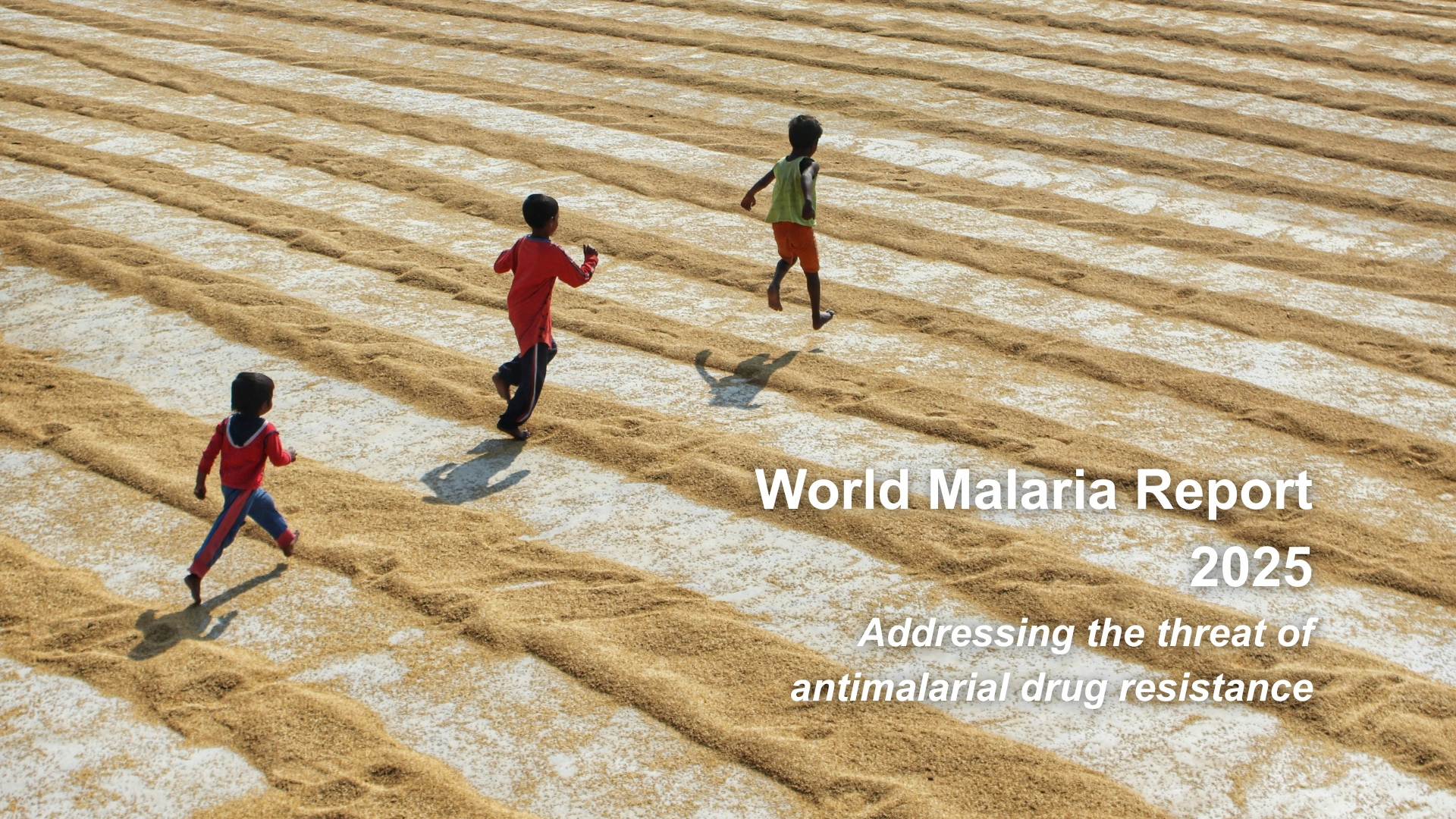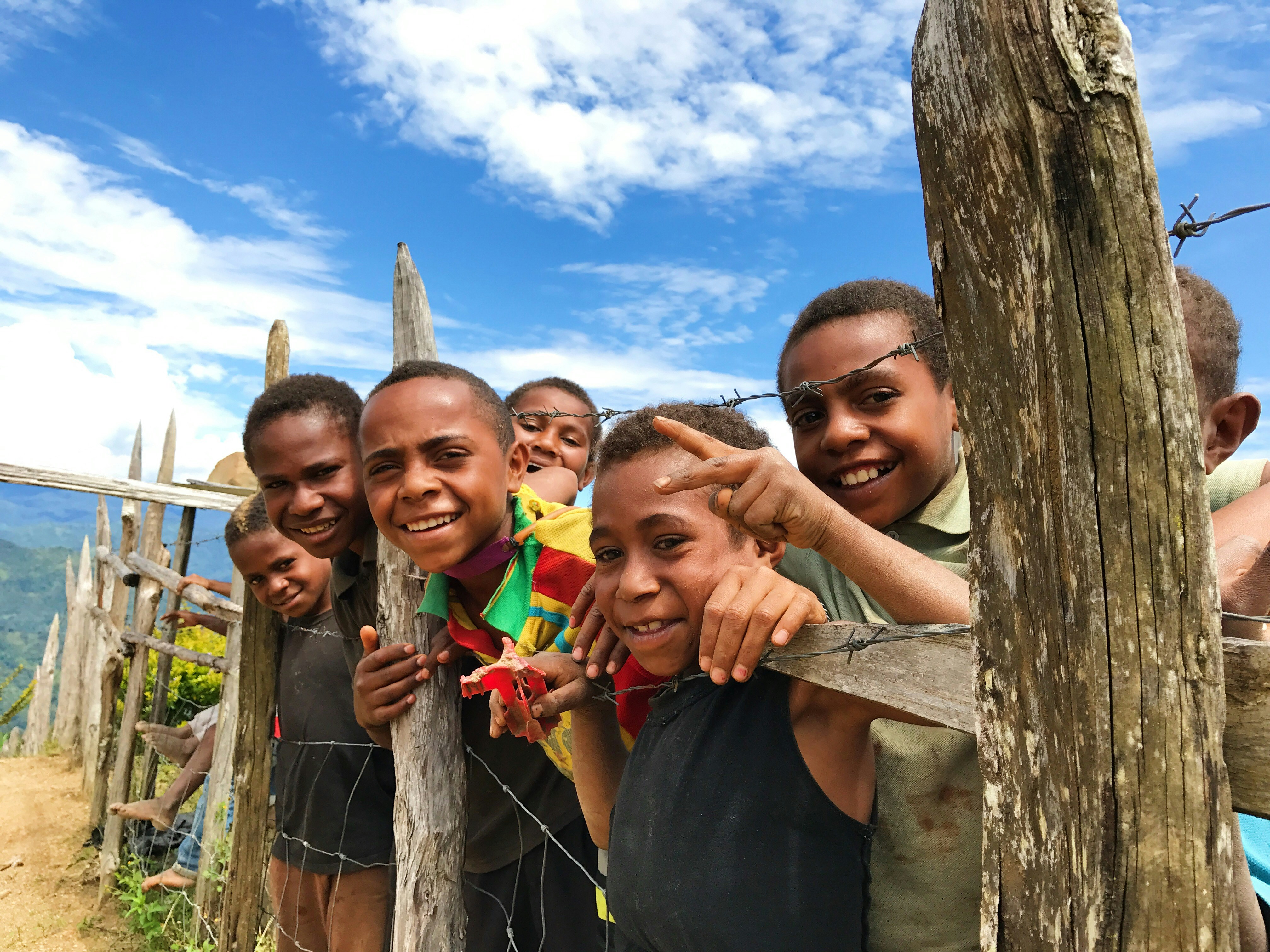.png)
As we strive toward a malaria-free future, the Asia Pacific region stands as a beacon of determination, innovation, and resilience. Across this diverse geography, countries have successfully taken bold steps to control the spread of artemisinin resistance in the Greater Mekong Subregion, engage even the hardest-to-reach communities, integrate malaria with broader disease management approaches, and mobilize domestic resources in view of sustaining malaria elimination. Several countries in the region have now eliminated malaria or are on the brink of doing so, despite encountering unprecedented challenges in recent years.
This compendium, Toward a Malaria-Free Future, brings together the executive summaries of 27 key case studies and reports from the Asia Pacific Leaders Malaria Alliance (APLMA), the Asia Pacific Malaria Elimination Network (APMEN), and partners across the region, from 2020 to date. This resource reflects the collective and collaborative efforts to adapt to evolving circumstances, while also capturing the lessons learned as we work and advance towards malaria elimination by 2030.
The past few years have been marked by extraordinary hurdles, including the global disruption caused by the COVID-19 pandemic. Yet, even amid crisis, countries in Asia Pacific rose to the occasion with remarkable adaptability. This compendium begins by exploring how malaria programs were recalibrated in response to the pandemic, ensuring that progress towards elimination was not derailed.
Despite these unprecedented disruptions, Asia Pacific countries continued to pilot and implement innovative programmatic approaches in pursuit of burden reduction and elimination. Five case studies highlight novel strategies and interventions – including developing a roadmap to expand access to radical cure in Thailand, engaging the private sector, and establishing cross-border collaborations.
As more countries move closer to elimination and adopt a renewed focus on accelerating burden reduction, programs have placed a greater emphasis on Gender Equality, Disability and Social Inclusion (GEDSI) and community engagement approaches. With seven case studies devoted to this theme, the compendium highlights how inclusive and community-centred strategies have become cornerstones of successful malaria elimination efforts. By addressing barriers faced by marginalized populations and fostering local ownership, these approaches have strengthened both program impact and sustainability. However, despite immense progress made, key policy and intervention gaps around GEDSI in the region’s malaria response persist. These gaps are explored in-depth in the report, Gender Equality, Disability, and Social Inclusion in Malaria Elimination in the Asia Pacific Region: A Baseline Assessment and Data Audit.
Forward-looking strategies are also reflected in national programs’ growing focus on financing, sustainability, and integrated disease management –critical pillars for ensuring long-term success. Amidst the ever-changing global health financing architecture, this theme calls attention to how countries such as Bangladesh, Myanmar, Papua New Guinea, and the Philippines are striving to build resilient systems that integrate malaria interventions into broader health frameworks; how Sri Lanka and China successfully eliminated malaria and are implementing robust prevention of re-establishment programs, and how Thailand is securing sustainable funding mechanisms.
As climate change poses an emerging and existential challenge to malaria control, this volume also touches on how countries are beginning to adapt their strategies to address these threats. Finally, it emphasizes the importance of capacity building as a foundation for strengthening malaria elimination efforts across the region.
Ultimately, this compendium is more than a record of progress; it is a testament to the power of collaboration, innovation, and inclusivity in overcoming complex health challenges. It serves as both an inspiration and a practical resource for policymakers, practitioners, and advocates working toward a malaria-free world. Together, let us continue to build on these lessons as we move closer to realizing our shared vision for 2030.
Table of contents of the compendium and access to the full-text versions of the case studies and reports featured therein:
1. Malaria Program Adaptation and Response to COVID-19
1.1 Malaria Elimination Amidst COVID-19: A Test of Resilience in Asia Pacific
1.2 Malaysia Case Study: Responding to the Dual Challenge of Malaria and COVID-19
2. Innovative Programmatic Approaches
2.1 Roadmap for Improving Access to Radical Cure for Vivax Malaria in Thailand
2.5 Cross-Border Malaria Elimination Along the India-Bhutan and India-Nepal Borders
3. Gender Equality, Disability and Social Inclusion (GEDSI) and Community Engagement for Malaria Elimination
3.1 Vulnerability to Malaria in Asia Pacific: Being Gender Responsive
3.2 Mapping of Civil Society Organisations in South Asia
3.7 Malaria Elimination Among Forest Workers in Cambodia
4. Financing, Sustainability & Integrated Disease Management
4.2 Integrating Malaria Elimination Efforts with Other Disease Programmes in Asia Pacific
4.3 Nutrition and Malaria: Integrated Approach for Effective Case Management
4.5 Prevention of Re-Establishment of Malaria: Strategies, Challenges and Future Direction
4.6 Subnational to National Malaria Elimination
4.7 Thailand's Successes in Mobilising Domestic Resources for Malaria Elimination
4.8 Sustaining Efforts for a Post-Elimination Future in Asia Pacific
5. The Impact of Climate Change on Malaria
5.1 Climate Change: A Threat to Malaria Elimination: Is Asia Pacific Prepared?
5.2 Pakistan's Lessons Learned on Climate Change, Malaria and Vector-Borne Disease Transmission
6. Strengthening Malaria Elimination through Capacity Building
6.1 Insights from APMEN Webinar Series on Leveraging Technical Expertise and Knowledge Exchange
6.2 Multi-Pronged Vector Surveillance Initiatives by the APMEN Vector Control Working Group (2018– 2024)
.svg)


.jpg)






